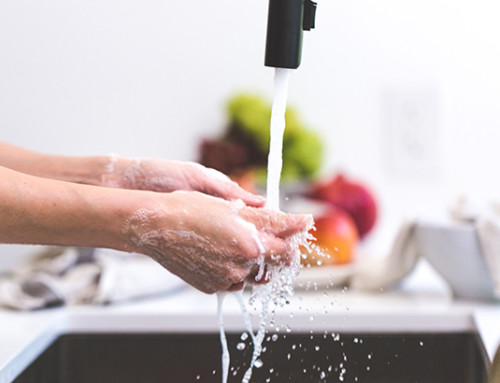Which gender is more sanitary? Men or Women? Most people would probably answer women, some without even a second of hesitation. But is this really the case, or is it just a stereotype we assume to be true? Today, let’s do an experiment to find out which gender is more sanitary.
You’ll need to snatch up some of our Tryptic Soy / Rose Bengal or Nutrient-TTC / Rose Bengal dipslides for this experiment, as well as a wide sampling of men and women. Your participants should not be aware of what the experiment is for, as you want to make sure you catch them in a natural state. If they know what you’re doing, they may sneak out to wash their hands, which will give you false results and skew your experiment.
You will need one dipslide per participant. To complete your study, you will need to press each side of the dipslide to the palm of your participant’s dominant hand. Carefully remove the dipslide paddle from the tube without touching the agar. Press the dipslide down 2x per side, pressing firmly to ensure full coverage, but not so hard that the agar breaks apart. Carefully replace the dipslide paddle in the tube, and label it with the name of the participant.
Tips
Try to sample an equal pool of men and women.
Be careful not to touch the dipslide agar to anything other than the palm of your participant’s dominant hand. If you accidentally touch it, or if it touches something else, it will contaminate the results.
Once you have finished sampling and labeling each tube, set the dipslides aside in a warm location, out of direct sunlight. Check on them after 48 hours, then every 24 hours for up to 5 days. You should see growth by day 5.
When comparing your results, it’s important to compare them all at the same time.
Results
Tryptic Soy and Nutrient-TTC agar are both general purpose mediums that will primarily detect bacteria. Rose Bengal agar will primarily detect yeasts and molds. When you interpret the results of each paddle, look for quantity of growth as well as types of growth (bacteria versus mold).
Try getting a rough count of the number of colonies on each paddle. Additionally, look at the size of the colonies and the coverage on the paddle. Try to estimate what percentage of the paddle is covered in growth. Average your numbers out amongst men and women and compare results. Who is cleaner?







Leave A Comment